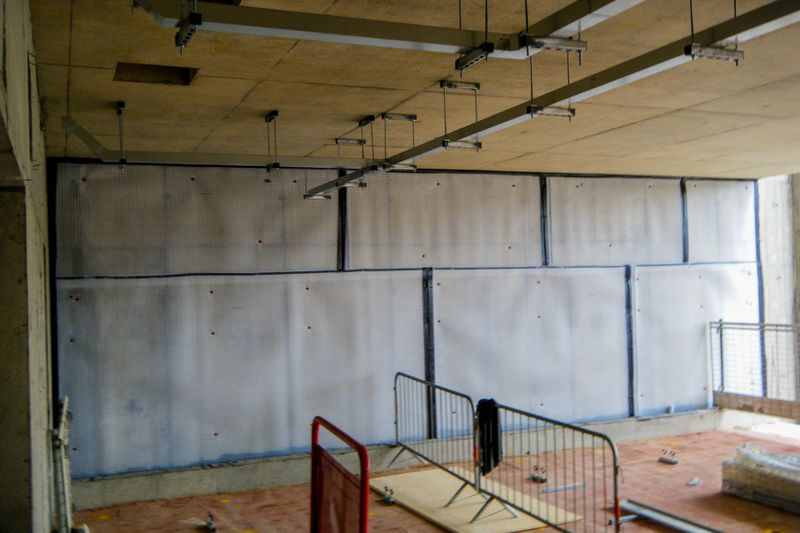01732 360 095
Understanding Retaining Wall Drainage Membrane
Selecting the right membrane for retaining walls
When considering external waterproofing for retaining walls, the selection of an appropriate waterproof membrane is crucial. High-quality HDPE membrane systems, used in conjunction with proper drainage solutions, provide excellent protection against hydrostatic pressure and water pressure. These external waterproofing systems should demonstrate high compressive strength to withstand both soil pressure and potential mechanical damage.
Essential drainage components behind retaining walls
The most effective drainage solution for retaining walls involves multiple layers working in harmony. Beginning at the wall face, a cavity drain membrane should be installed, followed by a protection membrane to prevent mechanical damage. Behind this, a geotextile layer or filter fabric is essential to prevent soil particles from clogging the drainage system whilst allowing water to pass through freely.

Material selection for retaining wall drainage
In accordance with best practices, a combination of materials ensures optimal drainage. The primary component is typically a land drain surrounded by clean gravel or aggregate. This should be wrapped in a geotextile filter fabric to maintain a dry environment behind the wall. When used in conjunction with cavity drainage membrane systems, this creates a robust solution for managing surface water and groundwater.
Optimal drainage solutions for retaining walls
The best drainage for retaining walls incorporates both vertical and horizontal drainage elements. At ground level, a perforated pipe wrapped in geotex material should be installed, connecting to suitable drainage outlets. The external waterproofing membrane should extend from below the foundation level to above the maximum water table height, ensuring comprehensive protection against water ingress.
Drainage requirements for 600mm retaining walls
Even relatively low retaining walls of 600mm require proper drainage consideration. While the hydrostatic pressure may be less significant than in taller structures, the installation of basic drainage measures remains essential. A simplified system incorporating a drainage membrane and filter fabric, combined with a small land drain at the base, will typically suffice for walls of this height.
Implementation and best practices
Professional installation of external tanking and drainage systems is crucial for long-term success. The waterproofing membrane should be carefully sealed at all joints and penetrations, with particular attention paid to the mortar joints in block or stone walls. For cellars and below-ground structures, additional consideration must be given to the integration of horizontal and vertical waterproofing systems to create a continuous waterproof envelope.
This comprehensive approach to retaining wall drainage and waterproofing ensures the longevity of the structure while maintaining a dry environment behind the wall. Regular maintenance and inspection of drainage outlets will help prevent issues arising from blocked or compromised drainage systems.

Can a retaining wall function effectively without a drainage membrane?
No, a retaining wall should have a drainage membrane to prevent water buildup behind it. Without proper drainage, water pressure can build up behind the wall, leading to structural damage and potential collapse. The drainage membrane allows water to flow away from the wall, ensuring its stability.
Are there any maintenance requirements for retaining wall drainage membranes?
Regular maintenance of retaining wall drainage membranes is essential. Checks should be done periodically to ensure the membrane is intact and functioning correctly. Clear any debris or blockages, and repair any damages promptly to prevent water buildup behind the wall, which could compromise its stability.
Speak to our friendly, expert team
Our staff are able to provide guidance for projects of all sizes, whether you require some general advice about damp or waterproofing, or support with technical drawings and specifications.













